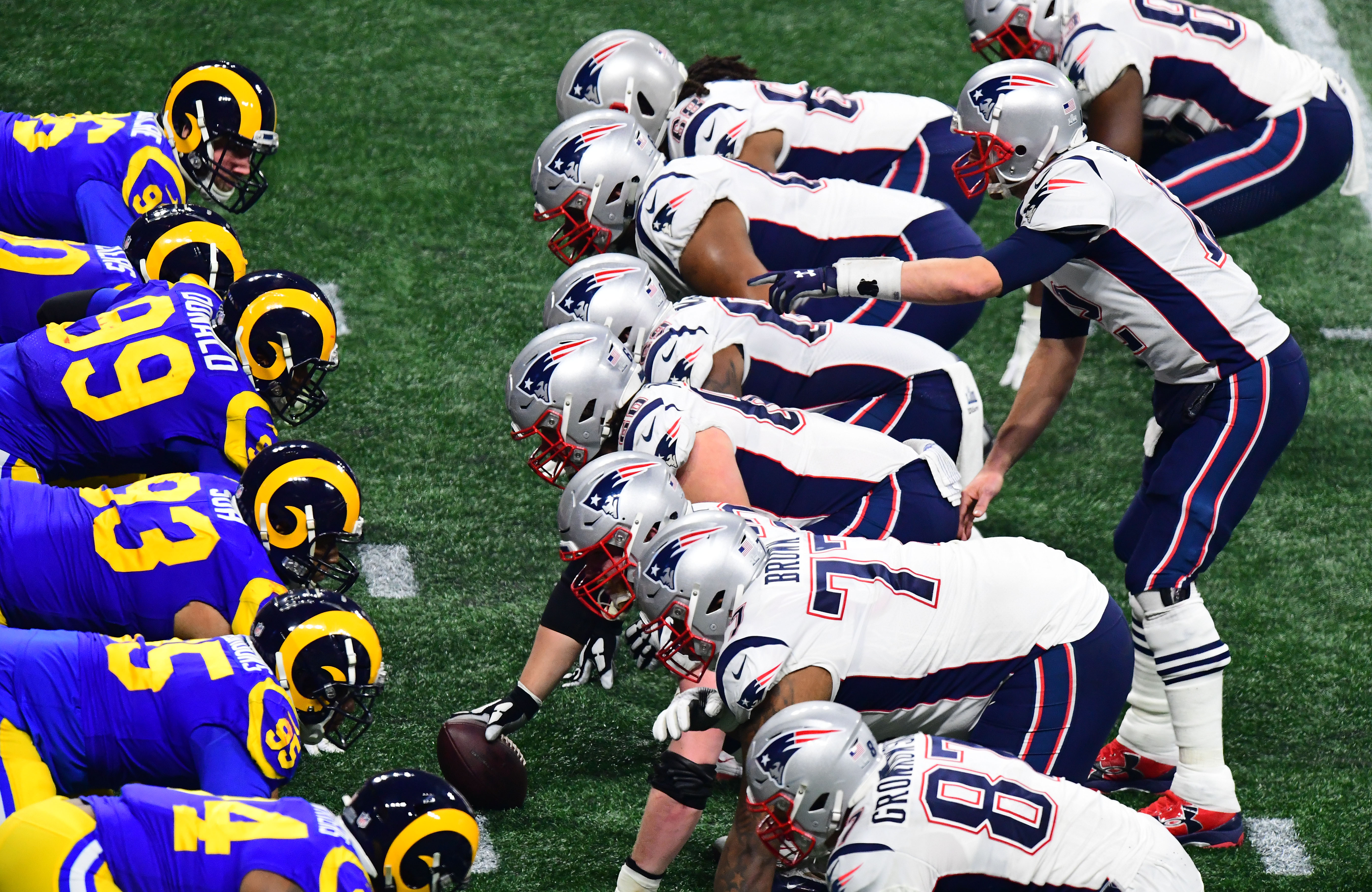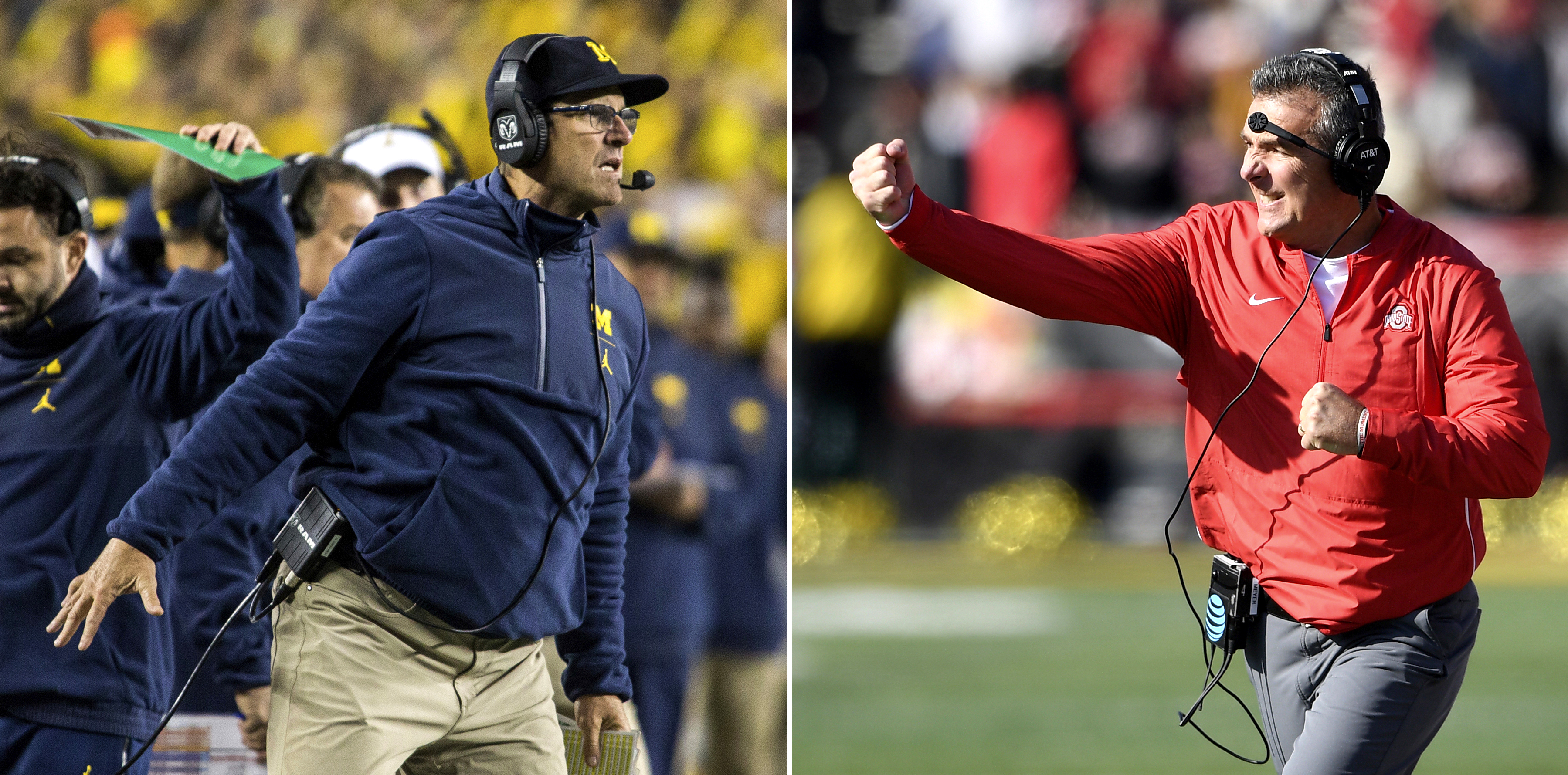Why you should be watching the Australian Open
Tennis!


In the wee hours of Sunday morning, a tennis upset of historic proportions was brewing at the 2018 Australian Open. But barely anyone in the Western Hemisphere was awake to see it.
That's a shame, because over the last decade, the Australian Open has ranged from consistently excellent to occasionally transcendent. It's not easy to stay awake for — a 7:30 p.m. match in Melbourne starts at 3:30 a.m. on America's East Coast — but if there's one thing in sports worth waking up (or staying up) for, it's the first Grand Slam of the year. This year, the festivities began with fifth-seeded Venus Williams losing in a major upset to unseeded Swiss player Belinda Bencic in the first round, while America's big server John Isner fell to unranked Aussie Matthew Ebden — the first official surprises in an event known for them.
For years, the Australian Open has spawned surprisingly deep runs by relative unknowns on the men's side. You might have been dozing and missed when 14th-seed Fernando Verdasco pushed his countryman Rafael Nadal to five sets in the 2009 semifinals, or when the then-unranked Jo-Wilfried Tsonga actually beat Nadal on the way to the final the year before.
The Week
Escape your echo chamber. Get the facts behind the news, plus analysis from multiple perspectives.

Sign up for The Week's Free Newsletters
From our morning news briefing to a weekly Good News Newsletter, get the best of The Week delivered directly to your inbox.
From our morning news briefing to a weekly Good News Newsletter, get the best of The Week delivered directly to your inbox.
Things stabilized a bit at the turn of the decade, due to Novak Djokovic's dominance over the field; thanks to superhuman conditioning and an ever-improving skill set, the Serbian reigned supreme five times in seven years. But Djokovic is limping into this year's tournament thanks to a lingering elbow injury, and he lost in the second round last year. That means the door is wide open for a shake-up in Melbourne.
The main draw is still Nadal and his Swiss counterpart, Roger Federer. The duopoly has dominated men's tennis since Federer won his first Grand Slam in 2003, winning a combined 35 Slams. In 2017, the pair swept through the majors, claiming two titles each. But it was the Australian Open that gave tennis fans what they wanted: a "Fedal" faceoff in the tournament final. The nearly four-hour match saw the pair trade sets into the wee hours stateside, a thrilling display of one of tennis' greatest rivalries. In the end, Federer prevailed, winning his fifth Norman Brookes Challenge Cup.

Fans seeking a follow-up to the epic battle this year should be pleased: In the 2018 tournament, Nadal and Federer are on the opposite sides of the bracket, as the first and second seeds, respectively. That means they would only face each other in the title round — which, as it happens, is scheduled for Super Bowl Sunday.
But it's not just about the favorites. The hard courts of Melbourne Park create a real possibility for upsets. The slow clay of the French Open and the grass at Wimbledon, which speeds up the ball while deadening its bounce, have long helped tennis' titans. Nadal has won an astonishing 10 of the last 13 French Opens, while Federer has won eight of the last 15 tournaments at Wimbledon. Matches held on the hard courts of the Australian Open, by contrast, are prone to upsets, partly because hard courts are the most common playing surface for tennis pros. As the middle ground between clay's slow and heavy play and grass' unpredictable speed, hard courts are generally considered the surface with the broadest appeal — and are thus harder to exploit to an advantage.
A free daily email with the biggest news stories of the day – and the best features from TheWeek.com
Add the hard courts to the oppressive heat of Australian summers, and you've got upset potential before the players themselves are even factored in. The blistering heat means that conditioning becomes almost as important as overall skill, as Djokovic proved time and time again; after all, it can get so hot in Melbourne that the tournament has instituted an "extreme weather" policy that allows referees to stop matches if the conditions border on dangerous. Not only that, but the heat benefits a certain style of player because the warmer a court gets, the faster the ball will travel. As the temperature climbs over the next fortnight, players like Federer and Aussie firebrand Nick Kyrgios may thrive more than a defensive mind like Nadal.
The women's side of the tournament promises even more uncertainty, especially after Williams fell short in her first match. Her sister, the inimitable Serena Williams, is the reigning champion, famously conquering the Australian Open last year while secretly pregnant with her first child. She was on track to play this year in Melbourne before withdrawing earlier this month, saying, "Although I am super close, I'm not where I want to be."
The absence of the Williams sisters will mean someone else on the women's tour can seize the glory. Top seed Simona Halep will be looking for her first Grand Slam title, but her best finish in Melbourne has been in the quarterfinals stage, in 2014 and 2015. She also twisted her ankle during her opening match, which may hinder her title hopes. Danish superstar Caroline Wozniacki, a No. 2 seed, is likely a better pick, but she too has yet to win a Grand Slam and hasn't performed particularly well on hard courts in the major tournaments. Without a dominant favorite like Serena Williams in the field, the women's game should provide a lot of close matchups, and possibly a new rising star, a la Sloane Stephens at the 2017 US Open — who herself was knocked out on the first day in Melbourne, because upsets come for everyone.
It's a hard sell, convincing fans to wake up in the middle of the night every day for two weeks, but the Australian Open is well worth it. Maybe you pick two or three players on each side of the game and follow them, taking days off in between. Maybe you spot the marquee matchups whenever they appear and adjust your sleeping schedule accordingly.
Regardless, the worst mistake sports fans make every January is sleeping on the tennis in Melbourne — literally. Whether by the star power it boasts or the rich potential for upsets, the Australian Open has proven itself to be a thrilling opening to the tennis season. You can sleep in February.
Luis Paez-Pumar is a freelance writer based out of New York City, specializing in sports and culture commentary. A graduate of New York University, Luis lives in Brooklyn with a small pug named Clyde. In his free time, he spends his time watching too much television and trying to read books faster than he can buy them.
-
 The Mint’s 250th anniversary coins face a whitewashing controversy
The Mint’s 250th anniversary coins face a whitewashing controversyThe Explainer The designs omitted several notable moments for civil rights and women’s rights
-
 ‘If regulators nix the rail merger, supply chain inefficiency will persist’
‘If regulators nix the rail merger, supply chain inefficiency will persist’Instant Opinion Opinion, comment and editorials of the day
-
 Trump HHS slashes advised child vaccinations
Trump HHS slashes advised child vaccinationsSpeed Read In a widely condemned move, the CDC will now recommend that children get vaccinated against 11 communicable diseases, not 17
-
 The hottest Super Bowl ad trend? Not running an ad.
The hottest Super Bowl ad trend? Not running an ad.The Explainer The big game will showcase a variety of savvy — or cynical? — pandemic PR strategies
-
 Tom Brady bet on himself. So did Bill Belichick.
Tom Brady bet on himself. So did Bill Belichick.The Explainer How to make sense of the Boston massacre
-
 The 13 most exciting moments of Super Bowl LIII
The 13 most exciting moments of Super Bowl LIIIThe Explainer Most boring Super Bowl ... ever?
-
 The enduring appeal of Michigan vs. Ohio State
The enduring appeal of Michigan vs. Ohio StateThe Explainer I and millions of other people in these two cold post-industrial states would not miss The Game for anything this side of heaven
-
 When sports teams fleece taxpayers
When sports teams fleece taxpayersThe Explainer Do taxpayers benefit from spending billions to subsidize sports stadiums? The data suggests otherwise.
-
 The 2018 World Series is bad for baseball
The 2018 World Series is bad for baseballThe Explainer Boston and L.A.? This stinks.
-
 This World Series is all about the managers
This World Series is all about the managersThe Explainer Baseball's top minds face off
-
 Behold, the Bud Selig experience
Behold, the Bud Selig experienceThe Explainer I visited "The Selig Experience" and all I got was this stupid 3D Bud Selig hologram
